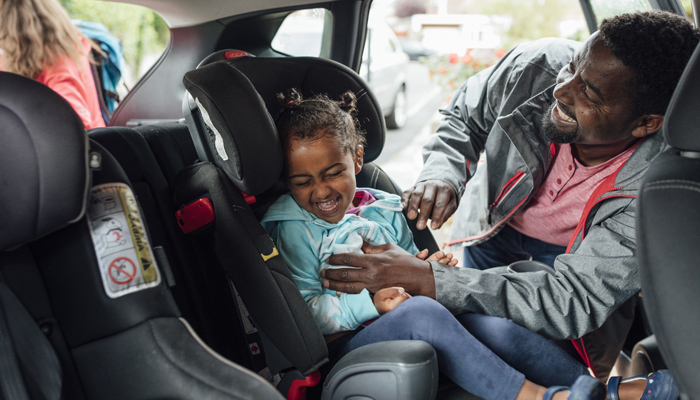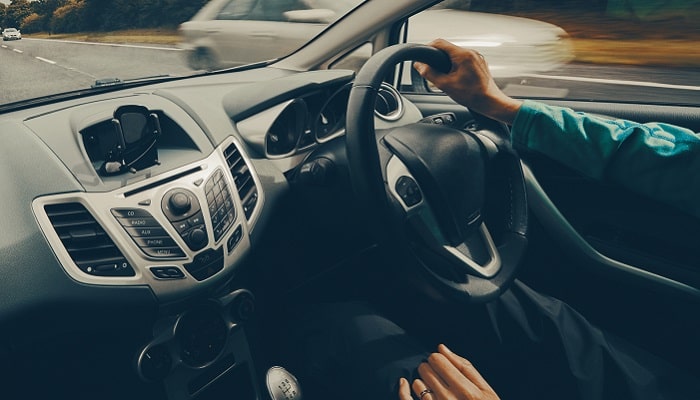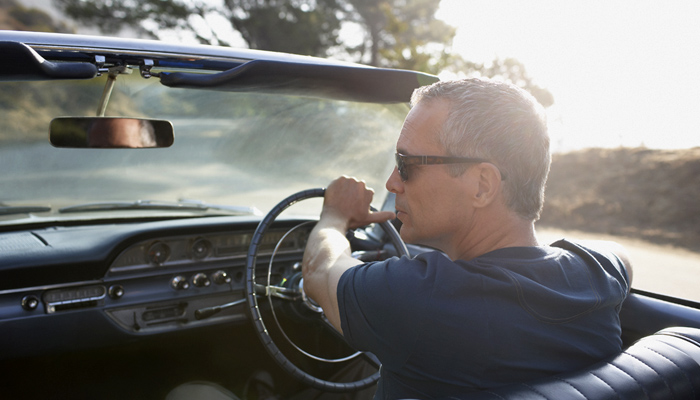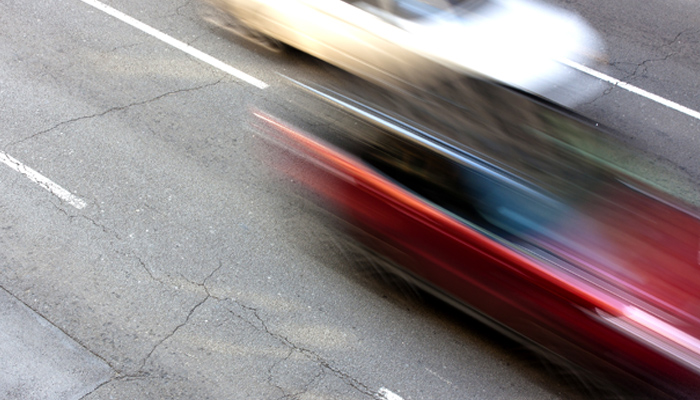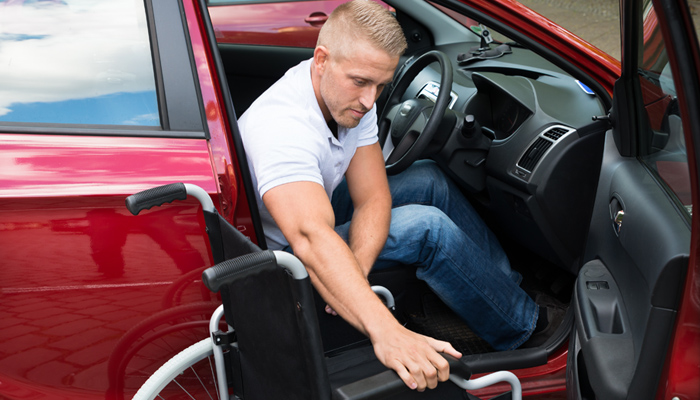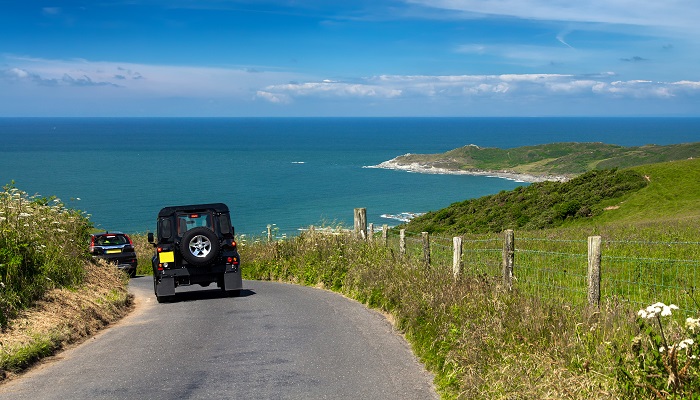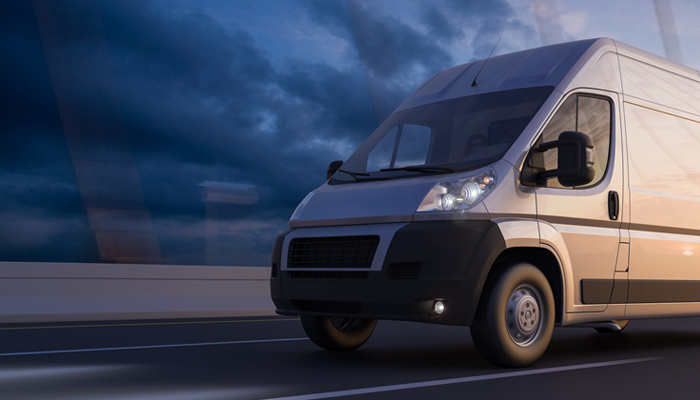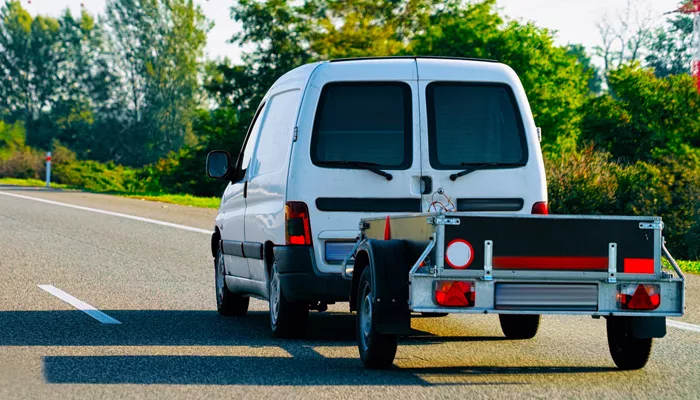Car Insurance
About Car Insurance

Variety of policies available
Caters for a wide range of cars and drivers

Multiple drivers
Multiple drivers can be added on one policy

Talk to the experts
Policies available from industry-leading companies Aviva, Ageas, Liverpool Victoria and AXA

Pay for your car insurance by Direct Debit
You can split your payments into instalments
Features of Car Insurance
Standard cover
Flexible car cover
We offer two levels of car insurance: (1) Third-party fire and theft – cover to a third party for injury and damage if your car is in an accident, and cover for your own vehicle as a result of fire or if it is stolen; (2) Comprehensive – also includes accidental damage to your car in an accident.
Instant car insurance
Car insurance is available over the phone. Correspondence can be sent electronically or via the post, including full policy wording with key facts, schedule and car insurance certificate.
Discount and no-claims bonus available
Additional offers for car insurance, subject to terms and conditions, include discounts on insurance policies and a mirrored no-claims bonus.
Experienced advisors available
We work closely with some of the biggest names in the insurance industry to provide you with car insurance quotes. Experienced advisers are on hand to answer all your questions regarding your cover.
Car Insurance FAQs
![Question Question]()
What is a no claims bonus (NCB)?
What is a no claims bonus (NCB)?

This is a discount awarded for the completion of 12 months of continuous claim free insurance. NCB can only be earned and used in your own name and on one vehicle at a time. NCB is not acceptable if it expired more than 2 years prior to the inception of your new policy. NCB is reduced after a fault claim (please refer to your policy wording for details of NCB reduction). If you are unsure if your NCB is valid you can call our experienced advisers who will be happy to help and advise you.
![Question Question]()
What is an insurance excess?
What is an insurance excess?

This is the first part of each claim which you (not your insurer) must pay. There are two types of excess:
Compulsory excess - this is an excess that has been applied as a requirement by your insurer and will vary according to your personal circumstances and the terms of cover provided. A compulsory excess may be required if you drive a particular vehicle or you have inexperienced drivers on your policy. There is also a compulsory excess for fire, theft, windscreen claims or malicious damage.
Voluntary excess - This will apply where you agree with your insurer to pay a greater part of each claim, in addition to your compulsory excess. A voluntary excess can be increased or decreased at your request during your online quotation and it may affect your premium.
![Question Question]()
Fault and non-fault claims - what is the difference?
Fault and non-fault claims - what is the difference?

A fault claim is any claim resulting in your own insurer being liable (paying for the claim). For example, you are not to blame for a theft claim but your own insurer would be liable, as they have no other party to recover the costs from.
If your insurer pays for your damages in a claim, for example where a third party hit you, but then re-coups their costs via the third party's insurer, this would be a non-fault claim as your insurer was not liable.
![Question Question]()
If I have an accident and I do not wish to make a claim, do I still have to notify my insurer?
If I have an accident and I do not wish to make a claim, do I still have to notify my insurer?

Yes, it is always advisable to tell your insurer of any incident the insured vehicle is involved in, so that your file is always fully updated, even if no claim is to be made. All incidents should be reported.
![Question Question]()
What is an immobiliser?
What is an immobiliser?

An electronic immobiliser is a device fitted to the vehicle that disables the engine of your vehicle when it is not in operation by you. Some newer vehicles have these factory fitted by the manufacturer and these are normally shown within your vehicle brochure. It is also possible to have these fitted by a garage or specialist, who would supply a certificate of installation detailing the exact model of your vehicle's immobiliser. A copy of your fitment certificate may be required.
A manual immobiliser is a device which is usually placed on the steering wheel or gear lever of your vehicle.
There are two types of Thatcham graded immobiliser:
T2 = An immobiliser that has been judged to comply to the Thatcham criteria.
T1 = An alarm/immobiliser combination that has been judged to comply to the Thatcham criteria.
![Question Question]()
When should I be aware of the school run and congested traffic?
When should I be aware of the school run and congested traffic?

A typical school day runs Monday to Friday from 8.30 am to 3.30 pm. But timings can vary from school to school. Some fee-paying schools can start as early as 8 am and open on Saturdays for morning lessons and afternoon matches too. So do bear that in mind if you’re heading out on the roads at weekends.
The school run is usually for about an hour before and after the school day and tends to coincide with rush hour. The morning school run time is usually busier than the afternoon. When lessons are over for the day, children often have sports activities, after-school clubs, or just hang out with friends.
Do remember, from late September the nights start drawing in. By mid-winter, dusk comes early, around 3.30 pm just when children may be walking home from school. Take extra care driving near schools in the late afternoon in the winter months when visibility is poorer.
![Question Question]()
Should I slow my driving speed in school zones?
Should I slow my driving speed in school zones?

The urban speed limit of 30 mph is still too fast to drive safely in school zones. That’s why many local councils have introduced a 20-mph speed limit in a fixed zone outside schools. Stick to it. Sometimes you may find you need to go even slower, so use your own judgement.
Look out for other traffic-calming measures too. In Leicestershire, one local authority has introduced painted, child-shaped bollards, to urge motorists to be more careful behind the wheel. To reduce the risk of accidents and force drivers to slow down, councils are also installing speed bumps or altering the road layout around schools. Be prepared to give way to oncoming traffic when you’re driving in school zones. Particularly at drop-off and pick-up times.
![Question Question]()
How do I safely share the road with buses, cyclists, or pedestrians?
How do I safely share the road with buses, cyclists, or pedestrians?

With school buses
If you’re driving behind a bus, hang back. Allow a greater stopping distance than you would following a car. It means you’re prepared when the bus stops to pick up or drop off children at the side of the road. Remember, these stops aren’t always at regular bus stops. In country lanes, children will be dropped on the verge.
The area 10 feet around a school bus is the most dangerous for children. Make sure you stop far enough behind to allow them space to safely enter or exit the bus. And, tempting as it is when you’re in a hurry, don’t overtake. There could be children crossing the road in front of the bus you can’t see from behind.
Keep your eyes open. Stay alert. Children can be unpredictable. They’re not drivers, so they’re not trained to notice potential hazards. And they’re more likely to take risks without realising the consequences.
With cyclists
The most common collisions between cars and bicycles are caused by a vehicle turning left in front of a cyclist. Always check your nearside blind spot before you make a left turn. Especially when you’re stationary at traffic lights or a junction. Cyclists can come up on your inside left without you being aware of them.
Kids on bikes present special problems for drivers. They’re less able to properly determine traffic conditions. And unless they’ve passed their cycling proficiency test, they’re less likely to signal when manoeuvring. If they’re cycling on pavements, they may not look properly before they head across a road. Be vigilant. Expect the unexpected from kids on pushbikes and scooters.
Make sure you’re aware of the new rules around safety for cyclists. They came into effect in January 2022.
Points to note:
- When overtaking cyclists, drivers should now allow 1.5m. In slow-moving traffic cyclists (and pedestrians) may pass vehicles.
- Drivers should not turn into a junction if doing so would force a cyclist to stop or swerve
- Cyclists may now ride two abreast, particularly in large groups or if accompanying a child.
With pedestrians
Children often walk to or from school alone or in groups. Either way, they might not be paying attention to the traffic. Eyes down, they may be looking at their mobile phones instead of the road or distracted as they chat with friends. Be prepared. They may just step out into the road in front of you.
Safety tips for drivers and vulnerable road users
The Royal Society for the Prevention of Accidents (RoSPA) has useful advice for drivers and vulnerable road users. Vulnerable road users are pedestrians, cyclists, motorcyclists, or horse riders, who have less crash protection than drivers and passengers in cars. Less protection means there’s a much higher risk they’ll be injured or killed in a collision.
The RoSPA’s top tips?
- Be patient. Give others time and room.
- Be ready for others to make mistakes.
- Watch your speed.
![Question Question]()
How should the rain effect my driving?
How should the rain effect my driving?

Take extra care on the roads in urban areas and around schools when it’s raining. Expect the unexpected as pedestrians make a dash for it to avoid a soaking. A child or adult could run in front of your vehicle at any moment.
![Question Question]()
How do I drive safely as a parent driver?
How do I drive safely as a parent driver?

It’s not a ‘them and us’ situation. Parents have a responsibility to drive safely during term time too. The trouble is when you’re in a rush, and the school zone is congested, the rules can fly out the car window.
Schools usually have very specific drop-off rules for parents, such as:
- Don’t double park; it blocks visibility for parents, children, and other drivers.
- Unload children on the school’s side of the street, not across the road.
- Share school runs with other parents where possible. It reduces the number of vehicles around the school at pick-up and drop-off times.
Set an example for your children. Stick to the school rules. They’re for other children’s safety as well as your own.
![Question Question]()
Can I pay in instalments?
Can I pay in instalments?

If you would prefer to spread the cost of your car insurance policy, you have the option of setting up a Direct Debit to pay your premium in equal monthly instalments through our preferred provider, Premium Credit Limited (PCL).
To find out more about PCL and direct debit payments, select Direct Debit.
To understand more about how PCL work together with Towergate, please read our Regulatory Information.
How do I make a claim?
When you need to make a claim, we’ll guide you through the process and get your claim settled as quickly as possible.
Find your insurance documents
and make sure you have all your information at hand, including your policy number
Call the claims team
on 0800 9537 537 and explain exactly what happened
Provide photos if requested
to help us understand what happened as quickly as we can

Protect Other Things That Matter To You
Read Car Insurance Articles
-
A Guide to DVLA Car Classification
Our straight forward guide explains the different classes of vehicles and the different classes of cars in the car classification.
Read MoreAugust 02, 2017
-
Avoiding Ghost Brokers When Taking Out Car Insurance
Car insurance to protect what could be the second most expensive purchase you will ever make is really important. But how do you avoid 'ghost broking'?
Read MoreMarch 14, 2021
-
Guide to Restarting a Car Battery
If your car is refusing to start you may have a flat battery. Read our guide to find out the causes of a flat battery and how to solve the problem.
Read MoreFebruary 27, 2018
-
Top Ten Dangers to Young Drivers on the Motorway
Driving on the motorway can be daunting for any newly qualified, young driver. We've put together ten top tips for new drivers driving on the motorway.
Read MoreFebruary 28, 2018






